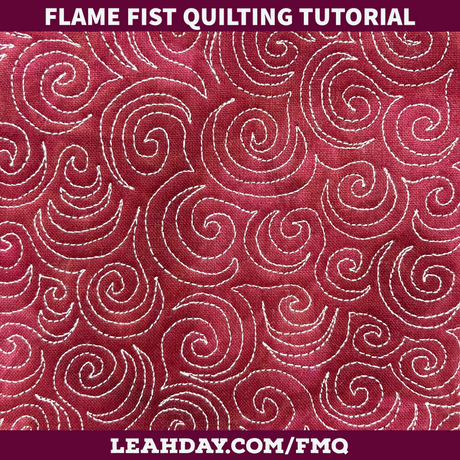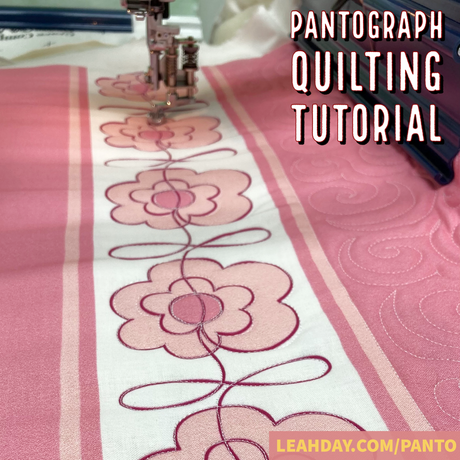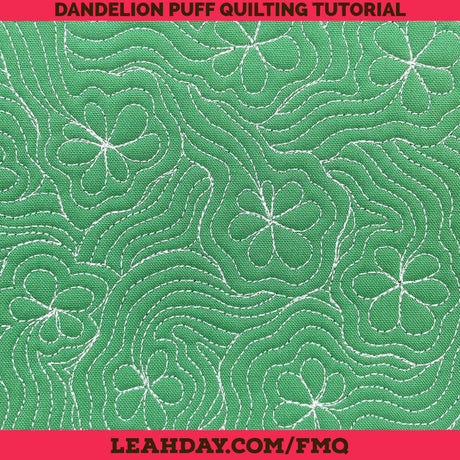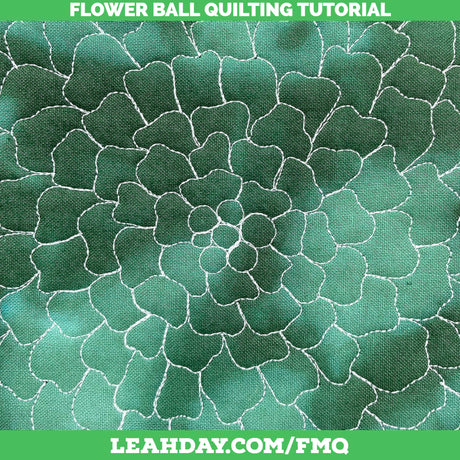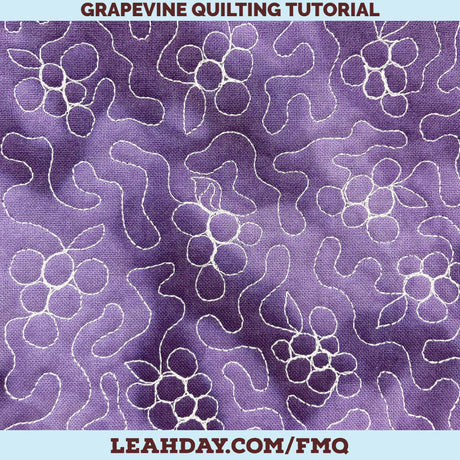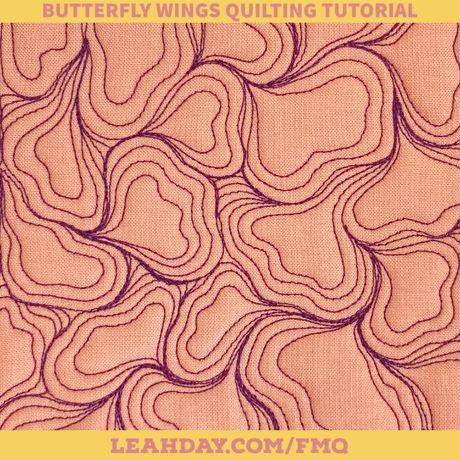Just how small and thin can we make our Dresden Rings? Let's find out with this Delicate Double Dresden Ring #6:
Check out the tools and supplies I used to make Dresden Plate Quilt Blocks and Dresden Rings:
Delicate Double Dresden Ring Quilt Block
This Delicate Double Dresden Ring is a beautiful example of the beautiful variety of shapes you can create using the Dresden Template Set. This also includes the smallest mini Dresden Ring I've made so far - just under 4-inches in diameter.
Preparation to Piece the Delicate Double Dresden Ring
To make both 12 petal Delicate Double Dresden Rings, you’ll need the following materials:

How to Piece Dresden Ring #6
Mini Ring - Cut 6 petals each from the Fabric A and B 1 1/2-inch wide strips using Template #3. Make sure to align the narrow end of the template with the edge of the strip and the 1.5 mark with the opposite edge.
Fold these petals in half, right sides together and stitch 1/4-inch from the wider end. Backstitch at the beginning and end of this stitching line to secure. Trim the seam allowance close to the fold, then turn the pointy petals right side out.
Piece the petals together in sets of 3, pressing the seam allowance open and flat, and then over to the darker fabric. Piece the sets together in sets of two, then the two halves together to form a mini ring:

Yes, this is the smallest size Dresden Plate / Ring you can create using Template #3! Mine finished just under 4-inches in diameter.
To turn the inside edges under to form a circle, first create a turning template as illustrated in the video above and the 2-inch circle from the Circle Template Set. Clip the inner curve, then turn the edges using starch and a hot dry iron.
Outer Ring - Cut 6 petals each from Fabric A and B using Template #3, this time aligning the wide edge of the template with the top edge of the strip and the 2.5 mark with the bottom edge of the strip.
Follow the same steps above to create points on all the petals. To finish the inside edge, fold over the bottom edge of the petals 1/4 inch.
Piece the petals together in sets of 3, then piece the four quarters together to create this bigger Dresden Ring.
We've now completed our Delicate Double Dresden Ring and the 6th Block in our Dresden Ring quilt block series. Join in the fun by picking up a Dresden Template Set today!
Let’s go Quilt,
Leah Day
Find more Dresden Plate and Dresden Ring Quilt Block tutorials by clicking the images below:



